25 UMMA Objects
25 UMMA Objects
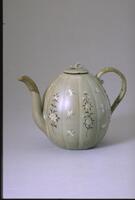
Korean (Korean (culture or style))
Ewer in the shape of a melon with inlaid floral and butterfly designs
1100 – 1150
Gift of Mrs. Caroline I. Plumer for the James Marshall Plumer Collection
1973/2.33
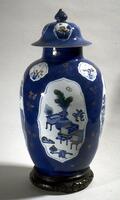
Chinese (Chinese (culture or style))
Covered Jar (Jar)
1700 – 1722
Gift of the Estate of Hobart Taylor, Jr.
1982/1.206A
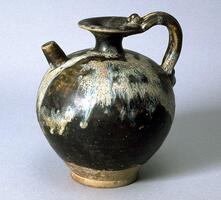
Chinese (Chinese (culture or style))
Ewer
700 – 906
Gift of Mrs. Henry Jewett Greene for The Mr. and Mrs. Henry Jewett Greene Memorial Collection
1971/2.70
Chinese (Chinese (culture or style))
Covered Jar (Stand)
1700 – 1722
Gift of the Estate of Hobart Taylor, Jr.
1982/1.207C
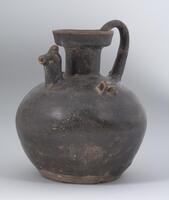
Chinese (Chinese (culture or style))
Chicken Head Ewer
317 – 439
Gift of Ping and Zenobia Lee
2005/2.93
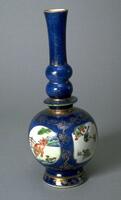
Chinese (Chinese (culture or style))
Vase
1700 – 1722
Gift of the Estate of Hobart Taylor, Jr.
1982/1.216

Chinese (Chinese (culture or style))
Double-Gourd Wall Vase
1573 – 1620
Museum purchase made possible by the Margaret Watson Parker Art Collection Fund
1986/2.13
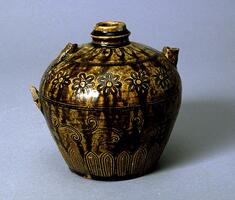
Japanese (Japanese (culture or style))
Ewer,
19th century
Gift of Toshiko Ogita in memory of Tomoo Ogita
1987/1.295

Chinese (Chinese (culture or style))
Ewer with Silver Fittings
1403 – 1424
Gift of Mr. and Mrs. John A. Pope for the James Marshall Plumer Memorial Collection
1968/1.50
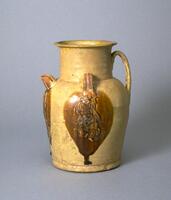
Chinese (Chinese (culture or style))
Ewer
9th century
Museum purchase made possible by the Margaret Watson Parker Art Collection Fund
1987/2.50
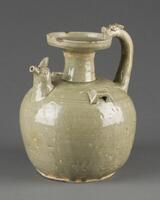
Chinese (Chinese (culture or style))
Chicken Head Ewer
317 – 439
Gift of Ping and Zenobia Lee
2005/2.92
Loading…

